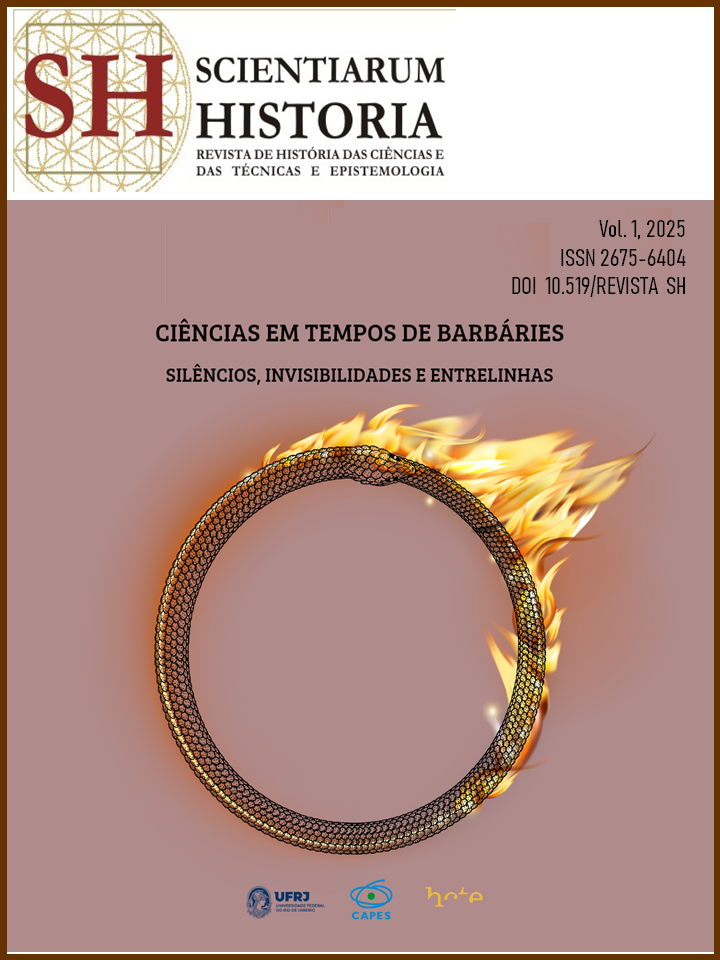Uma releitura de Sadi Carnot no ano do bicentenário da Termodinâmica
Abstract
Sadi Carnot entered the Paris Polytechnic School at a very young age. Having been born in 1796, in 1812 he entered that renowned educational institution. As a military engineer, he followed some actions of the French army, but it was the period of peace after Waterloo that provided the development of his talent for engineering disciplines. He studied mainly physics and economics, spending much of his time visiting industries and studying industrial organization and economics, having become an expert on trade and industry issues in several European countries. The most finished product of his studies was the publication, in 1824, of a small book, 118 pages long, entitled: Réflexions sur la puissance mortice du feu. The aforementioned work by Carnot, inaugurating the science of thermodynamics, lays the foundations and philosophical foundations for changing several paradigms already established in the sciences of the 19th century. Thermodynamics immediately presents itself as a new theory of machines, providing a solution and extending the limits imposed by Newtonian theory to explain machines, because energy degradation. In this work we will read some selected excerpts from his greatest work, highlighting the importance of the study of thermal machines for industrial development.
Downloads
References
2. Cardwell DSL (1971) From Watt to Clausius: The Rise of Thermodynamics in the Early Industrial Age. Cornell University Press, New York, USA.
3. Fourier J-B J (1822) Théorie Analytique de la Chaleur. Éditions Jacques Gabay, Paris. France.
4. Gillispie CC, Pisano R (2014) Lazare and Sadi Carnot: A Scientific Filial Relationship. 2nd. Edition, Springer.
5. Dhombres J, Robert JB (1998) Fourier: createur de Physique-Mathematique. BELIN, Paris.
6. Young J (2015) Heat, work and subtle fluids: a commentary on Joule (1850) “On the mechanical equivalent of heat”. Phil. Trans. R. Soc. A 373: 2014.0348.
7. Oliveira ARE (2014) History of Two Fundamental Principles of Physics: Least Action and Conservaion of Energy. AHS Journal, no. 3, pp. 83-92.
8. Coelho RL (2024) On Joule´s paddle wheel experiments in textbooks. Phys. Educ., 59.
Copyright (c) 2025 Scientiarum Historia Magazine

This work is licensed under a Creative Commons Attribution 4.0 International License.
Todos os artigos publicados na Revista Scientiarum Historia recebem a licença Creative Commons - Atribuição 4.0 Internacional (CC BY 4.0).
Todas as publicações subsequentes, completas ou parciais, deverão ser feitas com o reconhecimento, nas citações, da Revista Scientiarum Historia como a editora original do artigo.


